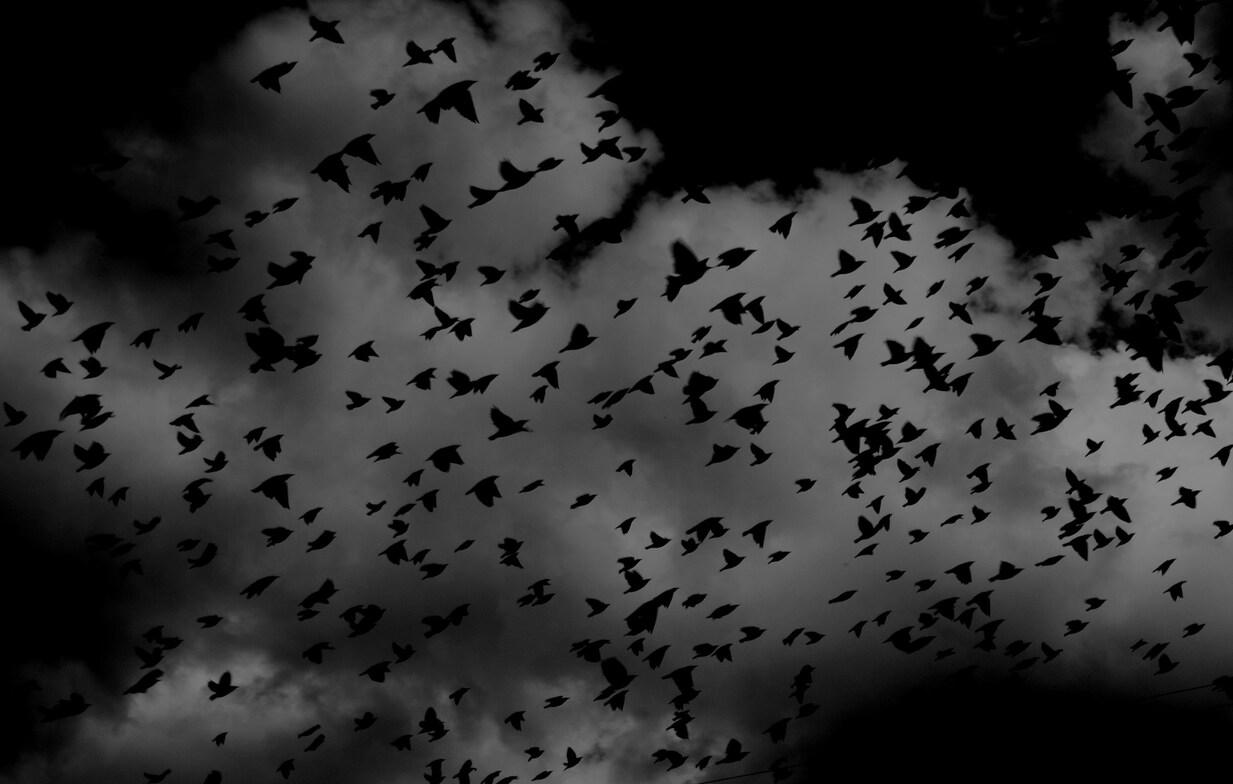
The backdrop for the famous hymn is in Matthew 26; Mark 14 and Luke 22. Jesus had finished his prayer in the Garden of Gethsemane (Lk. 22:43-45). His enemies soon surrounded him (Vs. 47). Jesus gave himself up to them (Vss. 52-53).
The hymn presents a backdrop of darkness. In Scripture “darkness” depicts sin, godlessness and sorrow (Jn. 8:12; 1 Jn. 1:5). The picture before us is that of Jesus being taken by the forces of darkness. Factually, the events of Gethsemane occurred at night. Poetically, darkness represents well what happened there.
When this hymn was published in 1854 it was titled, “The Agony.” The Gethsemane experience was agonizing for Jesus (Lk. 22:44). The words of the hymn were written by Love H. Jameson and the music by J. P. Powell. As with all the hymns we love it is vital that we understand what we are singing!
Jesus the Solitary One – “Night With Ebon Pinion.”
The emphasis is a night time scene of Gethsemane (Matt. 26:36-46). The scene stresses not just the physical aspects alone, but the extreme spiritual and emotional conditions surrounding this event. The phrase “ebon pinion” has been the subject of questions through the years. What do the words mean?
For “Ebon” the dictionary gives you the word “Ebony.” The second definition for “ebony” is “black, dark.” The word “Pinion” refers to the feathers or wings of a bird. In scripture the “wings” of the Lord symbolize protection from grave danger (Psa. 91:4-6). Poetically we can envision the darkness of Gethsemane covering the Lord like a wing (Matt. 26:34).
In the center of this scene is “Christ, the man of sorrows” (Isa. 53:3). Jesus’ agony was extreme mentally, physically and spiritually (Lk. 22:44; Heb. 5:7). Jameson tactfully described an overwhelming scene of darkness in the opening lines. In the end, however, Jesus submits to the Father’s will regardless of the night of isolation.
Jesus the Suffering One – “Smitten for Offenses.”
The offenses for which Jesus was smitten are mentioned in Isaiah 53:4-5, 8. Jesus suffered “the just for the unjust” (1 Pet. 3:18). He suffered for us, leaving us an example, that we should follow his steps (1 Pet. 2:21).
The writer to the Hebrews gives us some sense of what Jesus experienced. Jesus “offered up prayers and supplications, with vehement cries and tears” (Heb. 5:7). The hymn tells us that Jesus had “No friend with words to comfort, Nor hand to help was there.” Indeed all the disciples had deserted him. Jesus was devoid of any and all human aid.
Jesus The Submissive One – “Abba, Father, Father, Let Thy Will Be Done.”
The point of the third stanza is perfect obedience. “Abba” is the Aramaic word for “father” (Mk. 14:36). Jesus’ prayer in Gethsemane is recorded three times (Matt. 26:39; Mk. 14:36; Lk. 22:42). The final lesson is Jesus’ perfect obedience to the Father’s will (Heb. 5:8-9).
We typically use this song to prepare our minds for partaking of the Lord’s Supper. “Night, With Ebon Pinion” depicts not only the darkness of night, but also the darkness of sin. The forces of darkness were gathered to put him to death. Yet, ironically, it led him to the ultimate victory of the cross!
